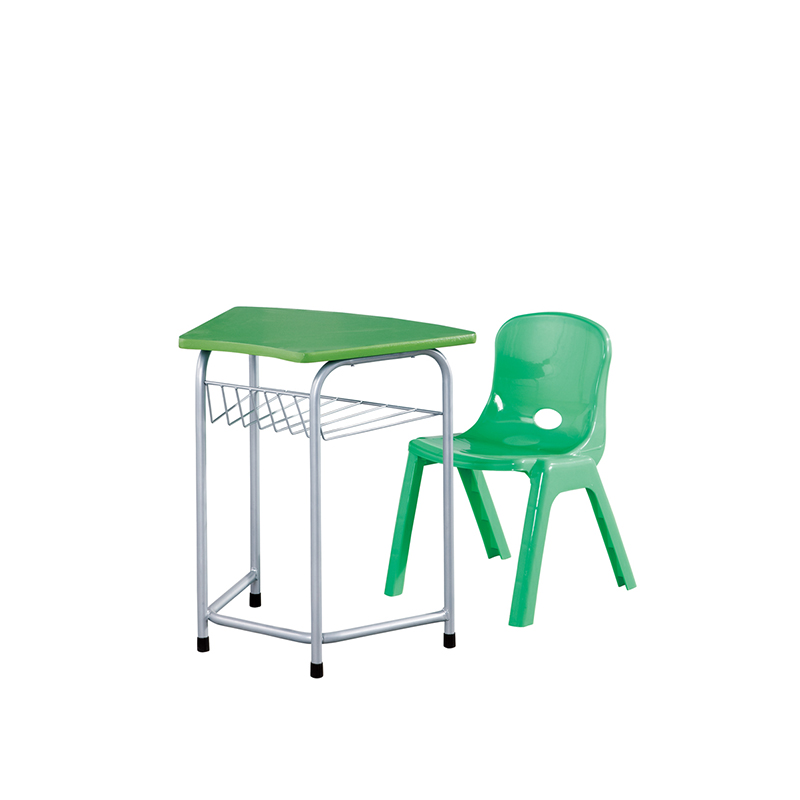Analysis Of Purchasing Trends Of Modular Classroom Furniture under The Wave Of Global Education Upgrade
As PISA includes collaboration ability as a core evaluation indicator, global educational institutions are accelerating the transformation of traditional classrooms. Data shows that in 2024, the purchasing budget of K-12 schools in Europe and the United States for modular classroom furniture will increase by 23% year-on-year, of which 70% of orders require compliance with EN 1729 ergonomic standards.
Ⅰ. Demand surge: active learning drives purchasing changes
1. The game between space efficiency and teaching mode
Data insights:
A survey by the American Education Association shows that classrooms with modular desks have increased group collaboration efficiency by 40% and shortened teacher movement distance by 60%;
The EU "Guidelines for Educational Facilities" requires that primary school classrooms must support at least 5 layout switches.
AOYASI Solution:
The FlexiLearn Pro series was launched, which uses magnetic connectors and slide rail systems to complete 6 layout conversions within 2 minutes, with a space utilization rate of 92%.
2. Cost-optimal model
| Configuration Scheme | Traditional Fixed Desks | AOYASI Modular System |
| Initial Purchase Cost | $18,000 / Classroom | $24,000 / Classroom |
| 10 Years Total Cost * | $34,500 (including Renovation Fee) | $26,800 |
| Adapt To The Changes In The Teaching Mode | Need To Be Replaced As A Whole | Only About 20% Of The Components Are Updated |
| * Including Maintenance, Layout Renovation And Equipment Replacement Costs | ||

II. Technological breakthrough: three innovative dimensions of modular furniture
1. Rapid reconstruction system
Core patents:
Gravity self-locking table legs (adjusting height takes only 10 seconds, accuracy ±0.5mm);
Embedded power rail (load ≥200W per meter, plug-and-play support).
2. Material revolution
Lightweight: using aviation aluminum + honeycomb PP structure, a single set of desks is reduced by 58% (to 12kg), and students can move independently;
Environmental protection: passed EN 14372 children's product safety certification, formaldehyde emission ≤0.01ppm (only 1/10 of EU standards).
3. Data empowerment
Smart base: built-in pressure sensor, real-time monitoring of usage time and posture, generating classroom utilization heat map;
Space planning AI: AOYASI develops VR tools, input classroom dimensions to generate the optimal furniture combination plan.
Ⅲ. Compliance Challenges: Breakthrough Path for Cross-Certification of International Standards
1. Safety Standards Matrix
| Standard | Core Requirements | AOYASI Certification Status |
| EN 1729 | The Size Of The Desks And Chairs Matches The Students' Height Percentile | The Whole Line Was Covered By P3-P95 |
| EN 16121 | Storage Ker Bearing 25kg / Layer, Anti-Dumping Design | Static Load Test Exceeds 30kg |
| ASTM F1858 | Edge Chamfer R2mm To Prevent Scratches | Actual Chamfer, R2.5mm |
2. Localized Adaptation
North American Market: BIFMA X5.5 seismic test is required;
Southeast Asian Market: Module interface moisture resistance level is required to reach IPX4.
Ⅳ. Procurement Decision Guide: 4 Steps to Lock in High-Quality Suppliers
Functional Verification:
Suppliers are required to provide layout conversion efficiency measurement videos;
Compliance Penetration:
Verify the authenticity of EN 1729 certificates;
Cost Calculation:
Use AOYASI's TCO Calculator to compare the total cost of ownership for 10 years;
Agile Delivery:
Prefer suppliers with regional warehouse stock.


